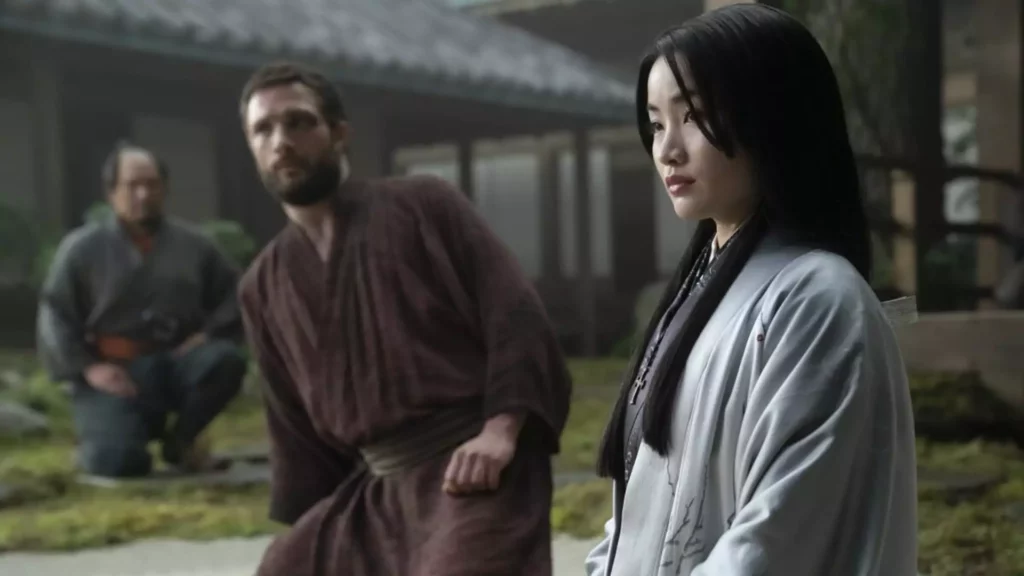The media landscape is undergoing significant transformations, particularly for traditional television networks, as industry giants grapple with the increasing pressures of changing consumer habits and technological advancements. Disney, one of the most prominent players in this realm, recently hinted at the complexities involved in potentially separating its TV networks business. This intricate scenario raises questions about the viability and future strategy of traditional networks in a world increasingly dominated by streaming services and on-demand content.
Disney’s Chief Financial Officer, Hugh Johnston, articulated a rather cautious stance during a recent appearance on CNBC. His assessment indicates that the operational complications associated with disentangling the TV networks from Disney’s broader portfolio outweigh the potential benefits. Unlike other stakeholders in the media sector, like Comcast, which has openly floated the idea of breaking off its cable networks, Disney seems to prioritize cohesion over immediate financial gain. Johnston’s assertion that the net cost is likely higher than the advantages speaks volumes about the intricate nature of media businesses today.
The traditional cable bundle, once a reliable revenue source, has been witnessing a steep decline, as evidenced by a staggering loss of four million pay-TV subscribers within a mere six months according to MoffettNathanson, an analytics firm. Disney’s own reports reflect this trend—its revenue from traditional TV networks plummeted by 6% to $2.46 billion, and its profits for this segment fell drastically by 38%. Such figures point to the existential challenges that legacy networks face in the digital age.
The Back-and-Forth on Divestiture
The media giant’s leadership dynamic has also played a critical role in shaping its strategy. Just last summer, CEO Bob Iger suggested that divesting TV assets could be on the table. However, after a comprehensive re-evaluation, led notably by Johnston, the decision seems to have shifted towards retaining the current structure. The mention of “playing around with spreadsheets” reveals a tangible exploration of options that eventually resulted in a consensus: maintaining the status quo is the most advantageous route for now. Johnston expressed contentment with the existing portfolio, emphasizing the synergy that the traditional networks have with Disney’s forays into streaming.
In this context, notable peers in the industry, such as Fox Corp CEO Lachlan Murdoch and Warner Bros. Discovery CEO David Zaslav, have echoed sentiments of operational complexity preventing separation. Murdoch, with his relatively smaller group of networks, confirmed the difficulty of breaking apart their operations, highlighting concerns about costs and promotional collaboration. Zaslav, on the other hand, reaffirmed the indelible role that traditional networks play in delivering storytelling, which underscores their importance even in the streaming era.
For Disney, the intersection of traditional networks and streaming is particularly critical. Iger underscored the value derived from traditional TV content and how it feeds into the company’s streaming endeavors. The 2019 acquisition of Fox’s entertainment assets, while previously criticized by activist investors for diluting shareholder value, has arguably cemented Disney’s position in the streaming marketplace. Iger articulated his vision of harmonizing these disparate business areas in response to shifting market dynamics and audience preference.
Furthermore, with the recognition that Disney garnered for its compelling content—60 Emmy Awards across various genres and platforms—there is a palpable sense of optimism within the company. Acclaimed series like “Shōgun,” “The Bear,” and “Fargo,” which are available on Hulu, illustrate the continued significance of traditional television programming in attracting viewership and fostering brand loyalty.
As Disney navigates the tumultuous waters of traditional and digital media, the decision to retain its current structure may prove to be a prudent strategy in the long term. However, the situation remains fluid, and shifting audience preferences coupled with technological advances continue to present challenges that must be addressed. The intricate relationships between content creation, distribution, and audience consumption patterns highlight a complex future for Disney and the media industry at large.
Ultimately, the ongoing debate about the relevance of traditional TV networks and their potential divide reveals much about the industry’s evolution. As Disney balances legacy operations with emerging streaming platforms, the decisions made today will invariably shape the contours of media for years to come. The company’s insistence on maintaining cohesion in its filmmaking and broadcasting endeavors may not only safeguard its current brand integrity but also carve a path forward in an increasingly fragmented market.

